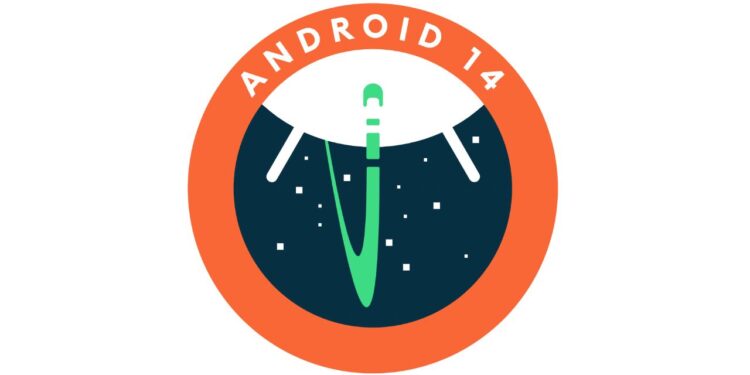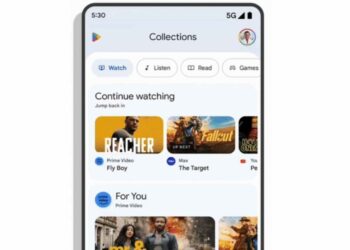For most people on Android, getting an application means jumping on the Google Play Store and checking whether it is available there. They only resort to third-party app stores and other sources when the app they want is not on Google’s official store.
However, regulatory bodies from different parts of the world have been breathing hard on Google’s neck for a while now, pressuring the company to create a more open field on Android so that other app stores can compete fairly without unnecessary restrictions.
One of the unnecessary restrictions was that third-party app stores were not able to perform automatic app updates until when Android 12 was released. This created an unnecessary step for users who had to manually head over to the third-party app store to start the update, this extra step among others slowly add up, making the majority of users stick with first-party app stores that are not restricted.
XDA Developers have unearthed code present in Android 14 that hints things will significantly get better for third-party app stores in terms of integration with the Android OS, which hopefully will contribute to evening the playing field.
First, Google is introducing a new API that will allow third-party stores to perform “Gentle Updates”. These gentle updates will roll out to applications after certain conditions have been met to prevent the update from disrupting the user experience. You don’t want Netflix updating when you are in the middle of a thriller.
Other things the API lets third-party stores check before starting an update is whether the app they are targeting has an active foreground, is interacting with the user, is on a phone call, is on-screen or whether it is in doze mode (idle)
Another Android 14 change is the introduction of a new ownership feature called “update ownership” If you have downloaded an app through a third-party store, ‘update ownership’ will ensure that the app will only receive updates from the specific third-party store you have downloaded it from and not accept updates from any other store.
To change the ownership from one store to another, you will have to uninstall the application you had downloaded, then head over to the app store that you want to have ownership and download the application from there.
Finally, another API will let third-party stores prompt users before the update process begins. This might be useful for those users who want their applications to remain at a certain version.
By prompting them to either accept or cancel an update, the users will have complete control of their applications and prevent situations where an update has rolled out to an application which they wanted to remain at an older version, maybe because the new introductions to the app remove some features or have changes that they are not a fan of.












